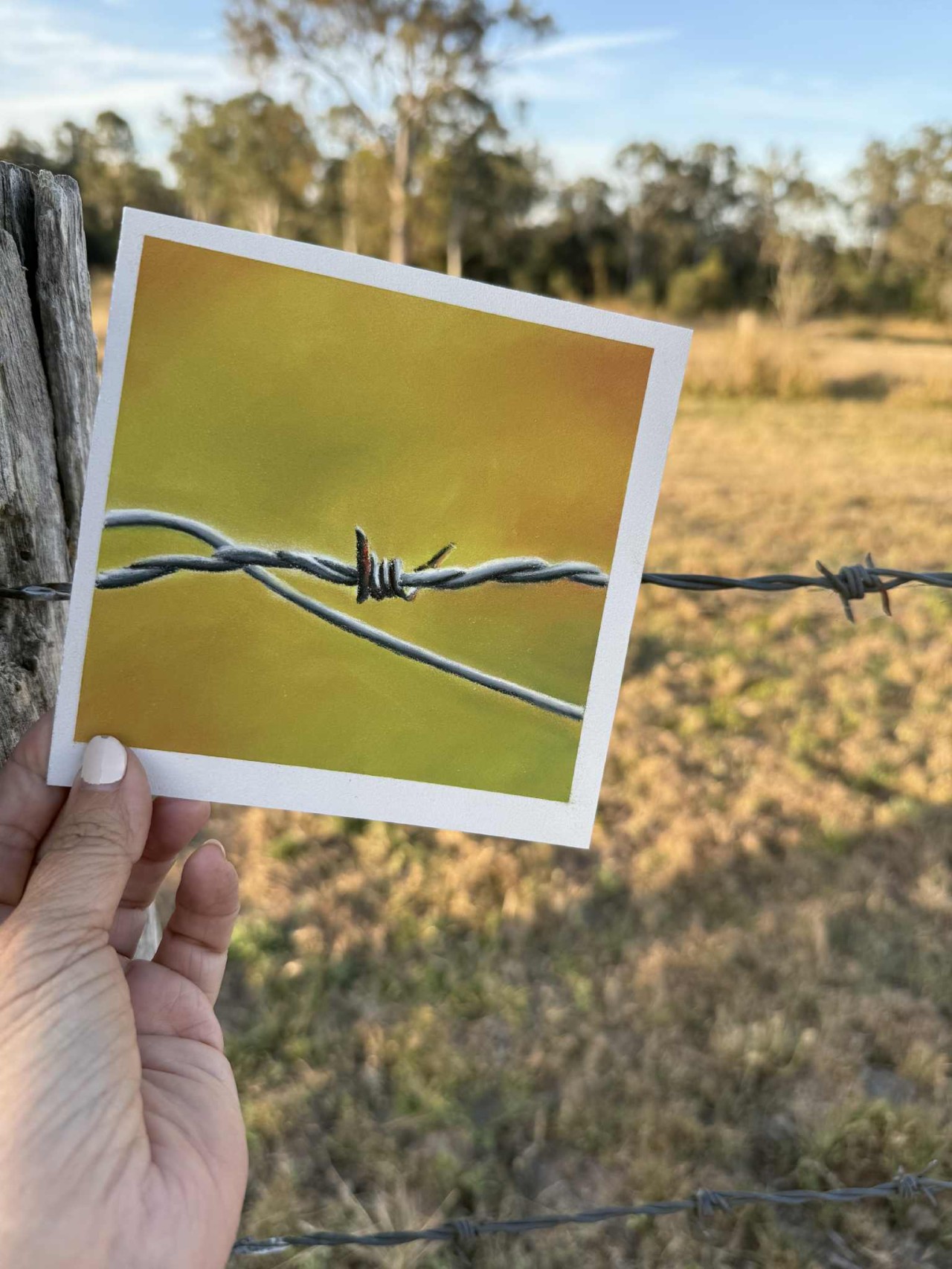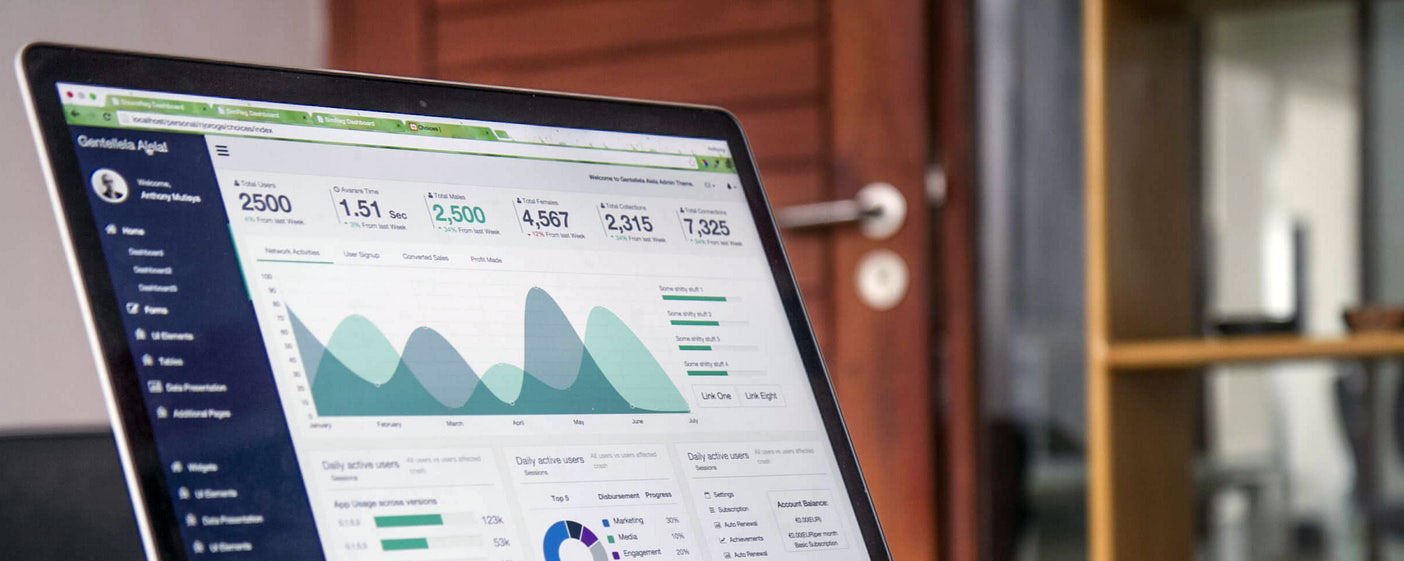Are you a Creative Thinker?

Here's a few ideas on getting that creative thinking cap on to get inspired
Are you a Creative Thinker?
Creative thinking is the ability to generate new and innovative ideas by making connections between seemingly unrelated concepts or by approaching problems from different angles. It involves the use of imagination, originality, and divergent thinking to come up with novel solutions or perspectives.
Creative thinking is not limited to the arts or to creative professions. It is a valuable skill in many fields, including business, science, engineering, and technology. It can be applied to developing new products, improving processes, solving complex problems, or coming up with marketing strategies.
To engage in creative thinking, it is important to be open-minded, curious, and willing to take risks. It often involves breaking free from established patterns of thinking and exploring unconventional ideas. It can be cultivated through practice and by developing habits of mind such as questioning assumptions, seeking out new information, and experimenting with different approaches.

MIND MAPPING
is an excellent way to brainstorm ideas. By writing your ideas in an organic way with the main topic as the centre point, mind mapping uses the entire range of cortical skills according to nobel prize winner Dr Roger Sperry. I think it’s a more natural way for us to brainstorm ideas and allow for a creative flow of ideas to come forth, by starting with that main idea placed in the centre and branch out from that, with even smaller related branches extending even further. It’s a great way to see your idea as a whole and can be used for many projects such as creating a collection of work, studying, writing an essay, planning a holiday, social media planning, vision board etc. The uses for a mind map are endless.
Mind mapping is a great tool for creating new ideas as it can help you organize your thoughts and connections in a visual way. Here are some tips for using mind mapping to generate new ideas:
1. Start with a central idea: Choose a central idea or concept that you want to explore further. This could be a problem you want to solve, a project you’re working on, or a topic you’re interested in.
2. Branch out: Start with the central idea and branch out to related topics, ideas, and concepts. Use keywords, images, or phrases to represent each idea and connect them to the central idea using lines or arrows.
3. Make connections: Look for connections and relationships between the different ideas on your mind map. This can help you generate new ideas and insights that you may not have considered before.
4. Keep it flexible: Mind mapping is a flexible tool that allows you to rearrange and add new ideas as you go. Don’t be afraid to move ideas around or add new branches as you explore different connections.
5. Use colors and images: Using colors and images on your mind map can help you remember and organize your ideas more effectively. You can use different colors to represent different categories of ideas or use images to help you visualize a concept or idea.
Overall, mind mapping is a great tool for generating new ideas as it allows you to explore different connections and relationships between ideas in a visual and flexible way.

REFRAMING
Reframing – Reframing is looking at a problem or situation from a new perspective, which can help to come up with creative solutions or ideas that you may not have considered before. It’s a great way to explore new perspectives and possibilities, which will bring on more creative ideas to work with.
It’s a way to really dive deep into a subject or idea and see it from all angles and discover things about that subject that you never knew which could give you an idea that you didn’t even contemplate at the beginning.
Reframing involves looking at a problem or situation from a new perspective, which can help you come up with creative solutions or ideas that you may not have considered before.
Here are some tips for using reframing to generate new ideas:
1. Identify the problem or situation: Start by identifying the problem or situation you want to reframe. This could be a personal or professional challenge, a creative project, or an issue in your community.
2. Define the problem or situation: Once you’ve identified the problem or situation, define it clearly and specifically. This can help you identify any underlying assumptions or biases that may be limiting your thinking.
3. Identify your current frame: Consider the frame or perspective you’re currently using to view the problem or situation. Are there any assumptions or biases that are influencing your thinking?
4. Identify new frames: Explore different frames or perspectives that you could use to view the problem or situation. This could involve considering the perspectives of different stakeholders, looking at the problem from a historical or cultural perspective, or using a metaphor or analogy to reframe the issue.
5. Generate new ideas: Once you’ve identified new frames, use them to generate new ideas and solutions. This may involve brainstorming, mind mapping, or other techniques for generating ideas.
Reframing can be a powerful tool for generating new ideas as it allows you to break free from limiting assumptions and biases and explore new perspectives and possibilities.

CREATIVE FLOW
Creative Flow – I believe creative flow is what all creatives aim to achieve. It’s that state of mind where you are fully immersed in your work and time is flying by. You seem to have heightened focus and concentration which leads to being more productive with what you are working on including new ideas.
Getting into that creative flow is a great stress reliever and good for mental health. New ideas can come quickly so it’s a good habit to have a notebook handy to jot them down when your creating. I love the concept that Elizabeth Gilbert talks about in her book Big Magic. That inspiration (ideas) are floating around the universe just looking for someone to grab them with both hands and run with it. If you take too long to act on an idea, then it moves onto the next person until it finally comes to someone who will take action on it.
Creative flow is a state of mind where a person is fully immersed in a creative task and is able to generate new ideas and insights with ease. It’s often described as a feeling of being “in the zone” or “in the groove,” where time seems to fly by and distractions are minimized.
During creative flow, the person is able to tap into their creativity and produce work that is not only innovative but also enjoyable to create. It is a state of heightened focus and concentration that can lead to increased productivity, satisfaction, and a sense of accomplishment.
Creative flow can be a powerful tool for generating new ideas. When you’re in a state of flow, you’re able to access your creativity and generate novel ideas more easily.
Here are some ways to use creative flow to create new ideas:
1. Set aside dedicated time for creative work: Carve out time in your schedule to focus solely on creative work. This could be a specific time of day, a designated day of the week, or a certain number of hours each week. By dedicating this time to creative work, you’re more likely to get into a state of flow and generate new ideas.
2. Eliminate distractions: Distractions can break your focus and prevent you from getting into a state of flow. Try to eliminate any distractions, such as notifications on your phone, email alerts, or other interruptions. You can also try working in a quiet space or using noise-cancelling headphones.
3. Practice mindfulness: Mindfulness can help you get into a state of flow by keeping you focused on the present moment. Try practicing mindfulness techniques such as deep breathing, meditation, or yoga before you start your creative work.
4. Experiment and take risks: Creative flow is often associated with a willingness to take risks and try new things. Don’t be afraid to experiment with different ideas or approaches, even if they seem unconventional or outside of your comfort zone.
5. Keep a notebook or idea journal: When you’re in a state of flow, ideas can come quickly and unexpectedly. Keep a notebook or idea journal nearby to capture these ideas as they come to you. This can also help you build on your ideas later and refine them into more concrete concepts.
Research has shown that creative flow can be beneficial to one’s mental health and overall well-being, as it can reduce stress and increase positive emotions. It’s a state that many artists, writers, and other creative professionals seek to achieve regularly in their work.
I hope the 3 Creative Thinking ideas I've listed above, really help to improve your creative practice.
I did a Facebook Live about this subject that you can watch on Youtube RIGHT HERE
Kerri xx
PS. I'd love to hear your thoughts on this subject and if you have any ways you get yourself into a creative headspace. Share your ideas inside my Facebook Group "Drawing Wildlife & Nature - Beginners to Advanced"
Ready to take your artistic journey to the next level? Join our vibrant Facebook Group community today and unlock your free PDF guide on building confidence as an artist. Let's embark on this creative adventure together!
Click the link here to start your adventure!
Categories: : art, beginner, educational, Mindset, motivation

Want to learn about Soft Pastels?
Click on the button to register and get instant access to the free Pastel Basics for Beginners workshop.
Listen as I walk you through the essentials supplies needed to get started in Pastel painting.
I teach you how to create this little barbed wire piece during the class. Everything you need is in the PDF workbook you'll receive when you register.
 Kerri Dixon
Kerri Dixon 
